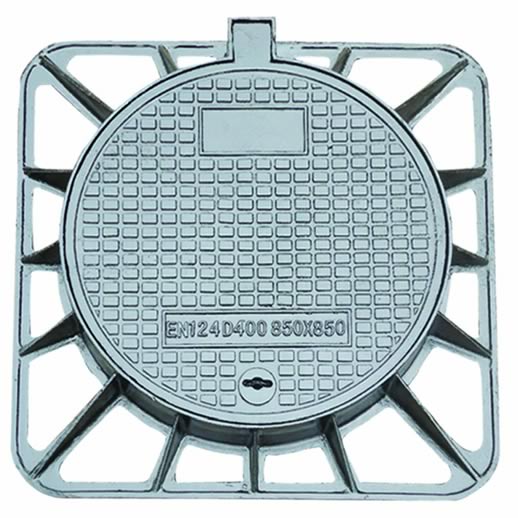Exploring the Benefits and Design Innovations of Pedestrian Safety Bollards for Urban Environments
The Role of Pedestrian Bollards in Urban Design
In modern urban environments, the safety and convenience of pedestrians have become paramount concerns for city planners and architects. Among the various tools employed to enhance pedestrian safety, pedestrian bollards have emerged as a crucial element of urban design. These sturdy, vertical posts serve multiple purposes, from restricting vehicle access to beautifying city landscapes, ultimately contributing to a more walkable and safer urban experience.
Enhancing Safety
One of the principal functions of pedestrian bollards is to safeguard walkers from vehicular traffic. By placing these barriers strategically along sidewalks, public squares, and pedestrian-only zones, urban planners can create physical separation between foot traffic and vehicles. This separation is particularly vital in busy city centers where foot traffic is heavy, and the risk of accidents is elevated. Many cities have unfortunately witnessed tragic incidents involving vehicles colliding with pedestrians; for example, during public gatherings or events. Implementing bollards in these areas helps mitigate such risks, creating a more secure environment.
Furthermore, bollards can deter reckless driving behaviors. Many urban areas experience issues with cars encroaching into pedestrian zones, either accidentally or due to negligence. Bollards act as a clear physical boundary that indicates restricted access, thus serving as a reminder for drivers to exercise caution. By reinforcing pedestrian pathways and limiting vehicle entry, cities can cultivate an atmosphere where walking is not only encouraged but is also perceived as safe.
Aesthetic Enhancement
pedestrian bollards

Bollards are not mere safety devices; they can also play a significant role in enhancing the aesthetic appeal of urban spaces. Available in various designs, materials, and colors, modern pedestrian bollards can complement the surrounding architecture and landscaping. For instance, cities can opt for decorative bollards that reflect historical themes, local culture, or artistic motifs, thereby contributing to a unique urban identity.
Cities like Paris and Amsterdam have successfully integrated attractive bollards into their streetscapes, which enhance the visual experience for both locals and tourists. Such bollards can be designed to blend seamlessly with other urban furniture such as benches, streetlights, and trash bins, promoting cohesion in public spaces. This integration not only beautifies the area but also fosters community pride and encourages social interaction among pedestrians.
Environmental Considerations
The design and installation of pedestrian bollards can also address environmental concerns. For instance, using sustainable materials in the construction of bollards reduces the ecological footprint associated with urban infrastructure. Bollards can be made from recycled materials or designed to be solar-powered, illuminating walkways while minimizing energy consumption. Additionally, some bollards are equipped with features such as planters or integrated seating, which can contribute to local biodiversity and enhance the pedestrian experience.
Conclusion
In summary, pedestrian bollards are a multifaceted solution for cities striving to improve pedestrian safety, aesthetic appeal, and environmental sustainability. By creating a physical barrier between pedestrians and vehicles, they provide critical protection in congested areas. Moreover, through thoughtful design and integration, bollards can enhance the beauty of urban landscapes, enriching the overall experience for residents and visitors alike. As urbanization continues to rise, the considerate use of pedestrian bollards will be essential in shaping cities that prioritize the well-being and enjoyment of pedestrians, ultimately fostering vibrant and safe public spaces.
-
The Smarter Choice for Pedestrian AreasNewsJun.30,2025
-
The Gold Standard in Round Drain CoversNewsJun.30,2025
-
The Gold Standard in Manhole Cover SystemsNewsJun.30,2025
-
Superior Drainage Solutions with Premium Gully GratesNewsJun.30,2025
-
Superior Drainage Solutions for Global InfrastructureNewsJun.30,2025
-
Square Manhole Solutions for Modern InfrastructureNewsJun.30,2025
-
Premium Manhole Covers for Modern InfrastructureNewsJun.30,2025
